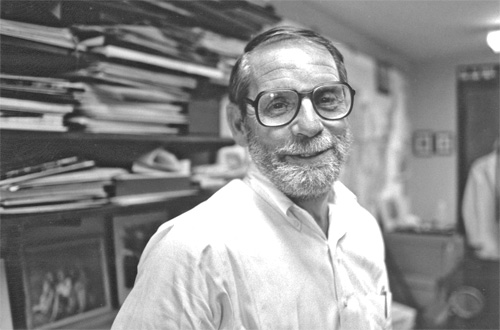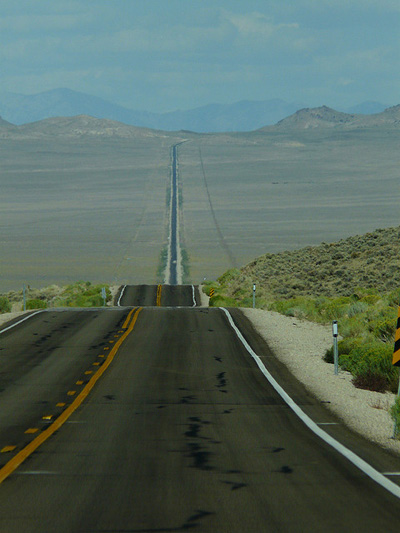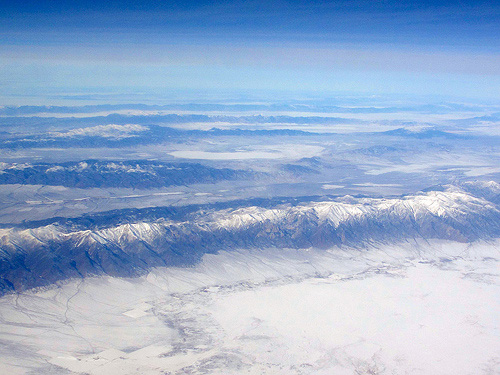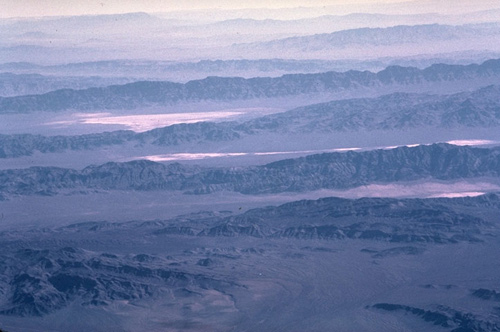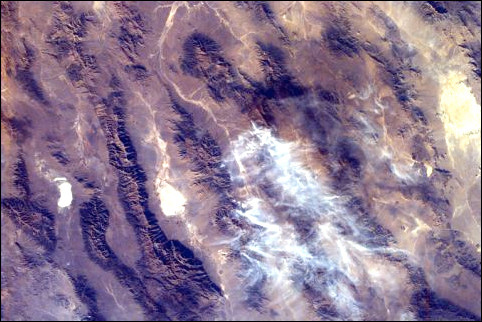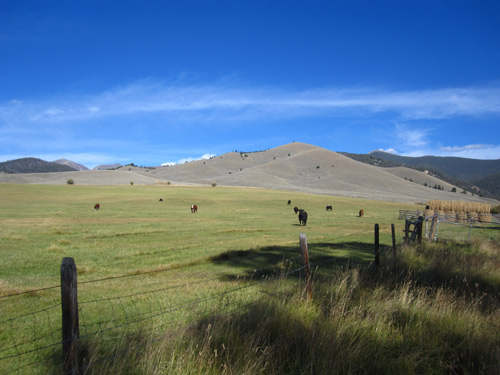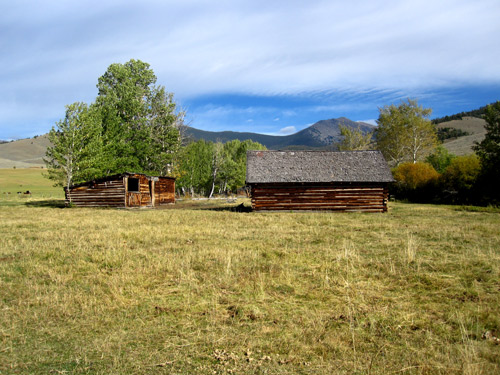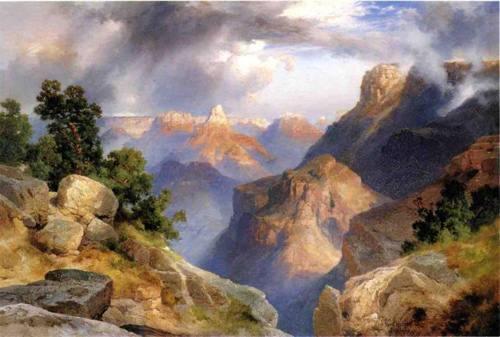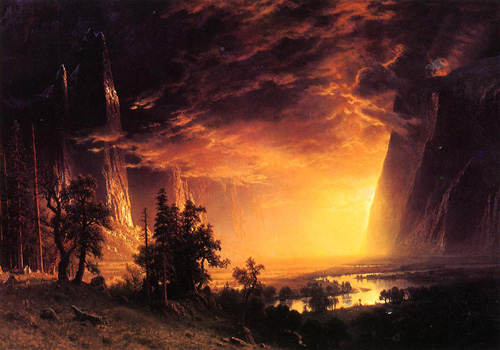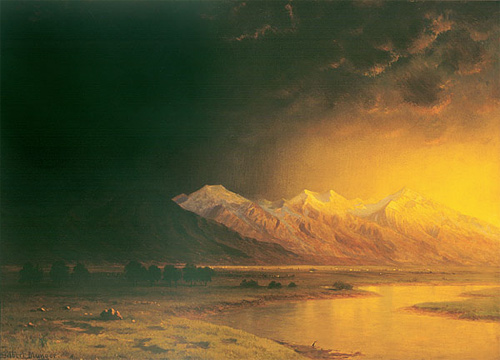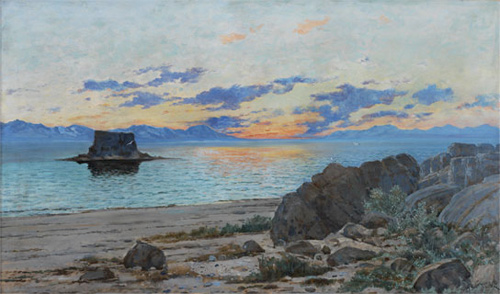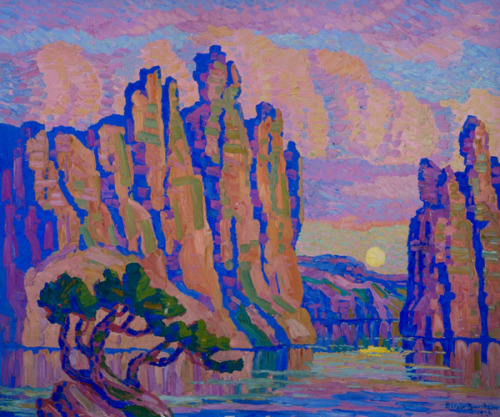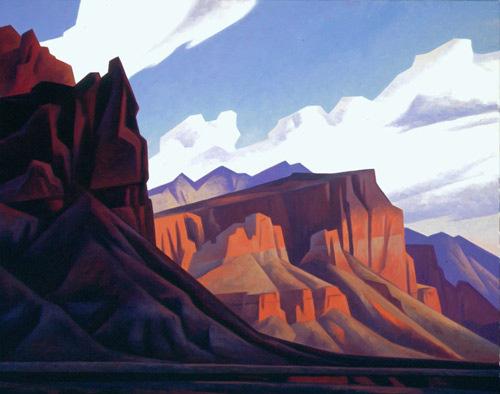Impressions of the West: Jack Kerouac
 Sunday, August 7, 2011 at 12:25AM Tweet
Sunday, August 7, 2011 at 12:25AM Tweet 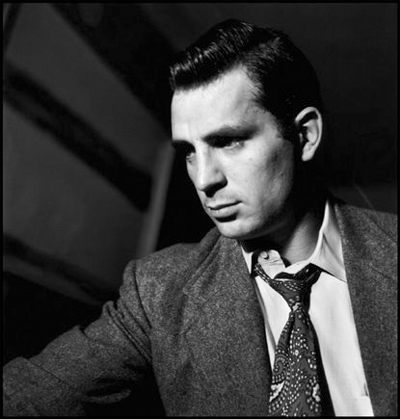 Jack Kerouac. Credit: personalshoplifter
Jack Kerouac. Credit: personalshoplifter
In On the Road, Jack Kerouac chronicles the fantastic journeys of a group of friends as they crisscross the American continent. The pace is breakneck, the story a celebration of being vitally aware – of all of the thoughts and sensations and emotions that are the sum total of living in the 20th century. On one leg of their trip, Jack and friends end up staying in an old miner’s shack in Central City, Colorado – a town that had once seen a silver rush so vast that it had been called the Richest Square Mile in the World. One evening Jack and his friend Rawlins go bar hopping, when they meet their friend Major:
Major staggered up a dark street. ‘What the hell’s the matter? Any fights? Just call on me.’ Great laughter rang from all sides. I wondered what the Spirit of the Mountain was thinking, and looked up and saw jackpines in the moon, and saw ghosts of old miners, and wondered about it. In the whole eastern dark wall of the Divide this night there was silence and the whisper of the wind, except in the ravine where we roared; and on the other side of the Divide was the great Western Slope, and the big plateau that went to Steamboat Springs, and dropped, and led you to the western Colorado desert and the Utah desert; all in darkness now as we fumed and screamed in our mountain nook, mad drunken Americans in the mighty land. We were on the roof of America and all we could do was yell, I guess – across the night, eastward over the Plains, where somewhere an old man with white hair was probably walking toward us with the Word, and would arrive any minute and make us silent.
- Jack Kerouac, On the Road, p. 55
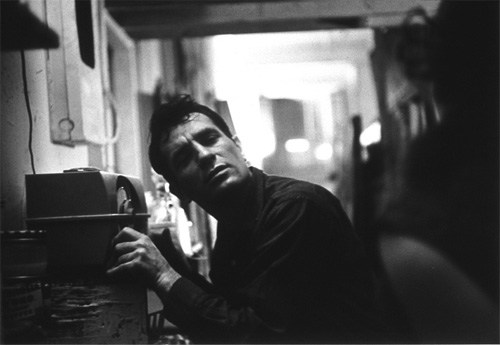 Credit: unrinsight.com
Credit: unrinsight.com
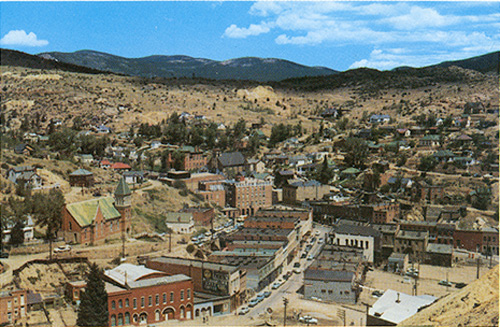 Panorama of Central City, circa 1970. Credit: route40.net
Panorama of Central City, circa 1970. Credit: route40.net
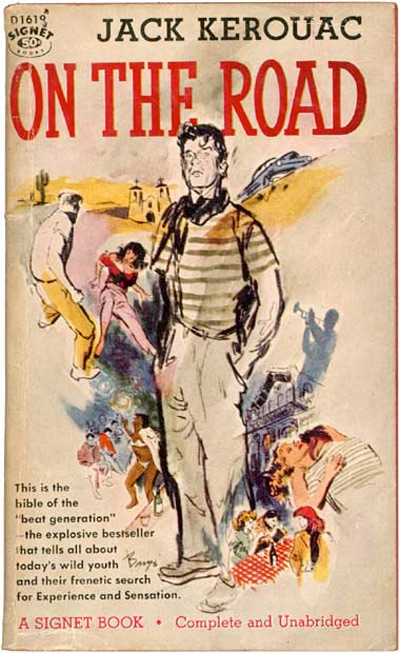 Credit: OscarTracker
Credit: OscarTracker

